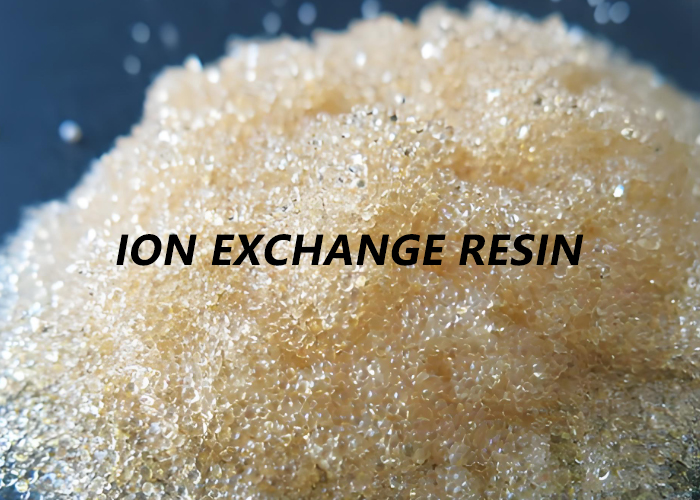Application of ion exchange resin in water treatment system
Ion exchange resin is a polymer compound with functional groups, a network structure, and insolubility. It is usually a spherical particle. The full name of ion exchange resin consists of classification name, skeleton name, and basic name. At present, ion exchange resin is widely used in many fields such as water treatment, chemical industry, metallurgy, food, leather making, ultrapure pharmaceuticals, etc.
Classification of water quality of ion exchanger
Ion exchange resin can be divided into styrene resin and acrylic resin according to the type of its matrix. The type of chemically active group in the resin determines the main properties and categories of the resin. First, it is divided into two categories: cationic resin and anionic resin, which can exchange ions with cations and anions in the solution respectively. Cationic resins are divided into strong acid and weak acid, and anionic resins are divided into strong alkaline and weak alkaline.
Application of ion exchange resin in water treatment industry
The water treatment industry is one of the earliest fields for the application of ion exchange resins, and the demand for ion exchange resins is very large, accounting for about 90% of the production of ion exchange resins. In water purification, ion exchange resins can be used for water softening and desalination, and for the production of softened water, pure water, and ultrapure water. In wastewater treatment, the exchangeable ions in ion exchange resins and heavy metal ions in wastewater are mainly used to exchange with each other to reduce the concentration of heavy metals in wastewater, thereby achieving deep purification.
Application of ion exchange resins in wastewater treatment: Cation exchange resins have the advantages of high treatment efficiency and the ability to achieve multi-metal recycling in wastewater treatment. For example, some specific chelating resins and the characteristics of specific heavy metal ions use the characteristics of the special functional groups of chelating resins to form complexes with heavy metal ions to achieve the recycling and deep removal of heavy metal ions. In particular, it has strong complexation and application advantages in the treatment of nickel ions and complexed nickel (citric acid, acetic acid, malic acid, tartaric acid, succinic acid, glycolic acid, etc., as well as zinc-nickel alloy nickel ammonium complexes, etc.), and is suitable for direct adsorption of nickel in an acidic environment.
Application of ion resin in water softening: Composition and function of softening filter. Fully automatic softening water processor mainly consists of three main parts: resin tank, fully automatic multi-way control valve and salt box. The resin tank is filled with ion exchange resin to adsorb calcium and magnesium ions in water; the multi-way control valve is the controller of the softening water treatment equipment, and the control system automatically completes the cycle of operation, regeneration, cleaning, sewage discharge and salt box water replenishment. The salt box is used to store salt for use during resin regeneration.
